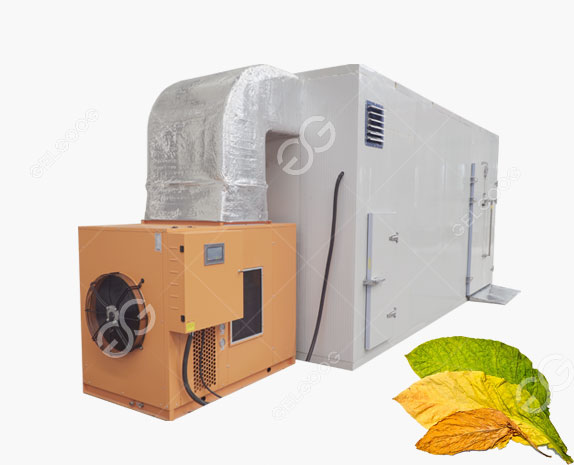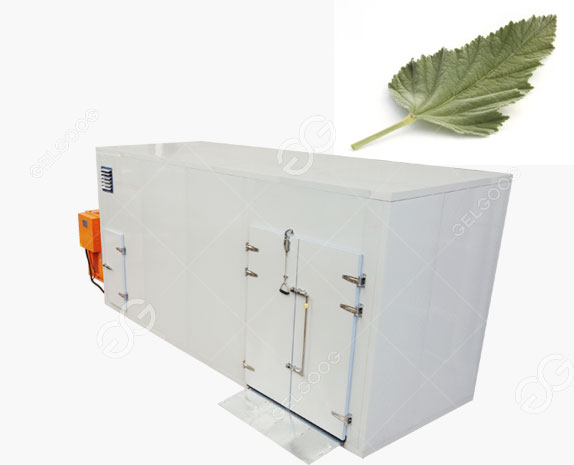Ginger, with its distinctive flavor and myriad health benefits, is a staple in cuisines worldwide. Whether it's adding zing to a curry or soothing a sore throat, ginger is a versatile ingredient. But have you ever wondered how fresh ginger gets transformed into the convenient powdered form found in spice racks everywhere? Let's take a fascinating journey into the heart of a ginger processing factory to unravel this transformation.
Harvesting and Selection:
It all begins with the harvesting of fresh ginger roots. Farmers carefully select mature ginger plants, ensuring they're free from diseases and blemishes. Once harvested, the roots are cleaned to remove soil and debris, preparing them for the next step.
Preparation and Washing:
In the factory, the ginger roots undergo thorough washing to remove any remaining dirt. This step is crucial to ensure the final product is clean and safe for consumption. Industrial-grade washing equipment ensures efficiency and cleanliness.
Peeling:
Next comes the peeling process. Peeling ginger manually would be labor-intensive and time-consuming. Therefore, factories employ specialized machinery designed to peel ginger efficiently. The roots are fed into the machines, where rotating blades remove the outer skin while preserving as much of the flesh as possible.
Slicing:
After peeling, the ginger roots are sliced into thin pieces. This increases the surface area, facilitating the drying process. Uniform slicing is essential to ensure consistent drying and quality in the final product. Advanced slicing machines ensure precision and efficiency.
Drying:
Drying is a crucial step in converting fresh ginger into powdered form. There are several methods of drying ginger, including air drying and dehydration. In the factory setting, large-scale dehydration equipment is commonly used. The sliced ginger pieces are spread out on trays or conveyor belts and subjected to controlled heat and airflow, removing moisture until they reach the desired moisture content.
Milling:
Once the ginger slices are thoroughly dried, they are ready for milling. This is where they are ground into a fine powder. Industrial-grade milling machines, equipped with sharp blades or grinding mechanisms, pulverize the dried ginger slices into a fine powder. The consistency of the powder can be adjusted based on the desired end product, whether it's coarse or finely ground.
Sieving and Packaging:
After milling, the powdered ginger undergoes sieving to remove any remaining larger particles or impurities, ensuring a smooth and uniform texture. Finally, the powdered ginger is packaged into various containers, such as jars, packets, or bulk bags, ready to be distributed to consumers worldwide.
Quality Control:
Throughout the entire process, stringent quality control measures are in place to ensure the safety and quality of the powdered ginger. Regular inspections, sampling, and testing are conducted to monitor factors such as moisture content, particle size, and microbial contamination.
Conclusion:
The journey from fresh ginger roots to powdered ginger involves several intricate steps, each contributing to the transformation process. Through the use of advanced machinery and precise techniques, factories efficiently convert fresh ginger into a convenient and versatile spice enjoyed by millions around the globe. So, the next time you sprinkle powdered ginger into your favorite recipe, take a moment to appreciate the fascinating journey it undertook to reach your kitchen pantry.




